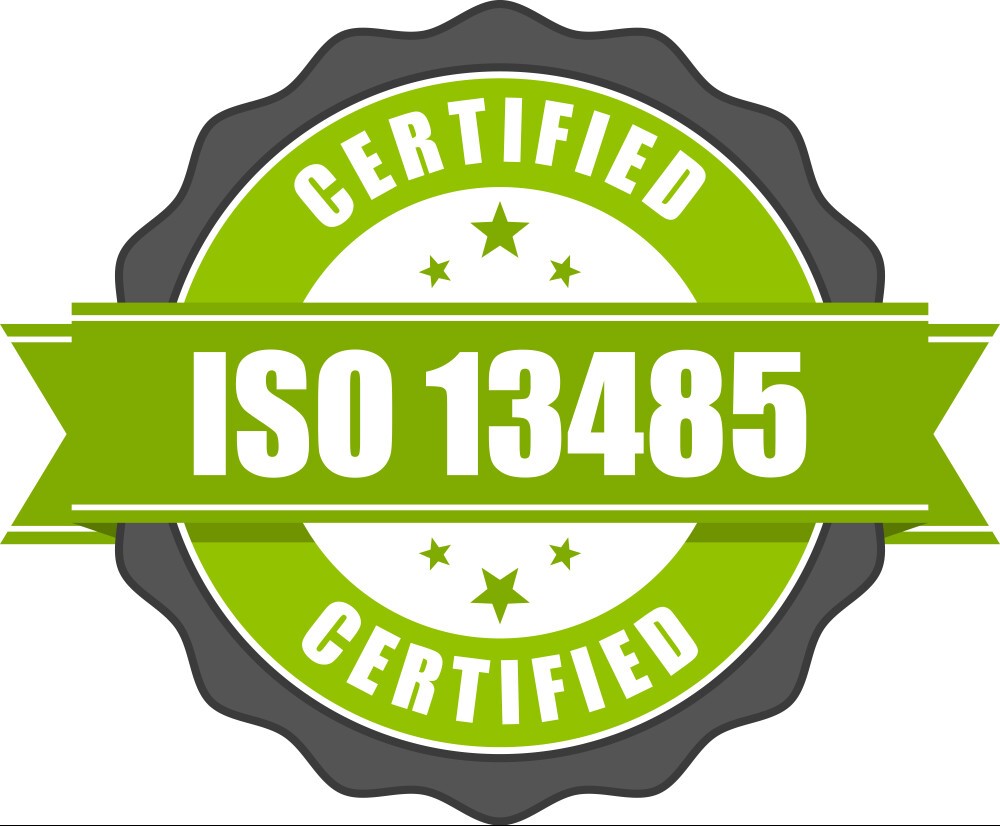Achieving ISO 13485 certification is a vital milestone for medical device companies striving to meet global quality and regulatory standards. However, a successful audit process is critical to ensure compliance and maintain certification. By preparing strategically and following proven best practices, organizations can streamline the audit process and demonstrate their commitment to quality management.
In this blog, we’ll cover actionable steps and expert tips to help you navigate the ISO 13485 audit process with confidence and efficiency.

Why is ISO 13485 Certification Important?
ISO 13485 is the globally recognized standard for Quality Management Systems (QMS) in the medical device industry. It ensures that manufacturers consistently meet regulatory requirements, deliver safe devices, and maintain customer trust. Key benefits of ISO 13485 certification include:
- Regulatory Compliance: Simplifies market entry into regions like the EU, US, and Canada.
- Improved Quality: Enhances processes and reduces the risk of non-conformance.
- Market Advantage: Demonstrates reliability and quality, boosting customer confidence.

Types of ISO 13485 Audits
To achieve and maintain certification, companies undergo various types of audits, including:
Internal Audits:
- Conducted by the organization to ensure ongoing compliance with ISO 13485 requirements.
- Helps identify and address gaps before external audits.
External (Certification) Audits:
- Performed by a third-party certification body.
- Confirms compliance with ISO 13485 for initial or renewal certification.
Surveillance Audits:
- Annual audits by the certifying body to verify continued compliance.
Supplier Audits:
- Ensures that suppliers and subcontractors comply with ISO 13485 standards.
Best Practices for a Successful ISO 13485 Audit
Understand the Requirements
- Familiarize your team with the key clauses of ISO 13485, including risk management, documentation, and process control.
- Use the standard as a checklist to ensure all areas are covered.
Conduct Regular Internal Audits
- Establish a schedule for internal audits to identify non-conformities early.
- Use internal audits to simulate external audits, preparing employees for the process.
Prepare Comprehensive Documentation
- Maintain up-to-date and accurate records of all processes, procedures, and quality management activities.
- Key documents include:
- Quality Manual
- Standard Operating Procedures (SOPs)
- Risk Management Plans
Train Your Team
- Provide ISO 13485-specific training for employees involved in QMS processes.
- Ensure employees understand their roles and can confidently answer auditor questions.

Address Non-Conformities Proactively
- Use Corrective and Preventive Actions (CAPA) to resolve issues identified during internal audits.
- Track and document all non-conformities and their resolutions.

Engage Leadership
- Ensure top management actively supports the audit process, demonstrating a commitment to quality and compliance.
Perform a Pre-Audit Assessment
- Conduct a mock audit or hire a third-party consultant to evaluate your readiness.
- This step helps uncover overlooked gaps or weaknesses.
Stay Organized During the Audit
- Assign a single point of contact to coordinate with auditors and provide requested documents promptly.
- Ensure the audit environment is professional and distraction-free.
Common Mistakes to Avoid
Inadequate Documentation:
- Missing or outdated records can result in audit findings.
Lack of Employee Preparedness:
- Employees unsure of their roles or processes can raise red flags during an audit.
Overlooking Risk Management:
- Risk management is a core component of ISO 13485. Ensure you have a robust framework in place.
Delayed Corrective Actions:
- Failing to address non-conformities promptly can lead to certification delays.
How Bioexcel Simplifies the ISO 13485 Audit Process
At Bioexcel, we provide end-to-end support for ISO 13485 certification and audits. Our services include:
- Audit Readiness Assessment: We evaluate your QMS and identify areas for improvement.
- Employee Training: Customized training programs to ensure your team is audit-ready.
- Documentation Assistance: Expert help in preparing and maintaining compliant documentation.
- Mock Audits: Simulate external audits to build confidence and identify gaps.
- Post-Audit Support: Assistance in addressing findings and implementing corrective actions.
With Bioexcel, you can approach your ISO 13485 audit with confidence, knowing that you have a partner committed to your success.
Conclusion: Your Path to ISO 13485 Success
The ISO 13485 audit process may seem daunting, but with the right preparation and expert guidance, it can be a smooth and rewarding experience. By following these best practices and leveraging Bioexcel’s expertise, you can ensure compliance, maintain certification, and deliver high-quality medical devices that meet global standards.
Ready to simplify your ISO 13485 journey? Contact Bioexcel today and let us help you achieve audit success!












